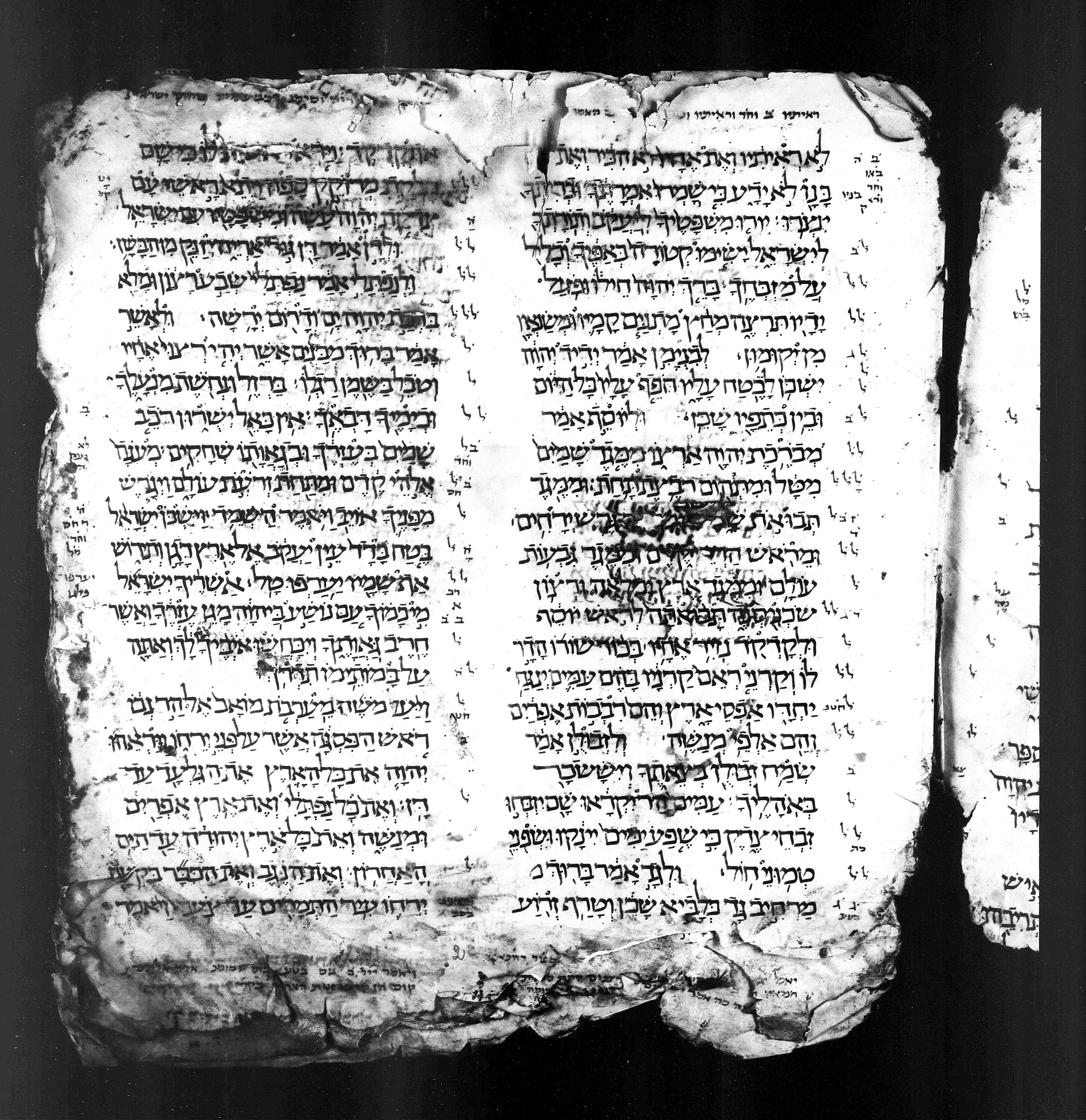Hafṭarot for Festivals and Special Sabbaths, according to the nusaḥ Erets Yisrael as recorded in the “St. Petersburg Manuscript” (NLR Ms. EVR II B 42)
Source Link: https://opensiddur.org/?p=61737
open_content_license: Creative Commons Attribution-ShareAlike (CC BY-SA) 4.0 International copyleft license date_src_start: 0940-00-00 date_src_end: 1040-00-00 languages_meta: [{"name":"English","code":"eng","standard":"ISO 639-3"}] scripts_meta: [{"name":"Latin","code":"Latn","standard":"ISO 15924"}] Date: 2025-05-05
Last Updated: 2025-05-06
Categories: Reading Schedules
Tags: 11th century C.E., 48th century A.M., Nusaḥ Erets Yisrael, הפטרות haftarot, לוח lu'aḥ
Excerpt: The ancient Land of Israel rite was most well-known for its three-and-a-half-year Torah-reading cycle, but it had its own unique aspects for festivals and special Sabbaths as well. Recorded in this manuscript is what may be our most complete record of the hafṭarot of the ancient Land of Israel rite, at least in one community. Some, but not all, of the hafṭarot for festivals and special Sabbaths are the same as those found in the Babylonian practice, but all of them are substantially shorter, with some as short as three verses. It seems the Babylonian prohibition on hafṭarot shorter than twenty-one verses was not taken into account in the West! . . .
Content:
The ancient Land of Israel rite was most well-known for its three-and-a-half-year Torah-reading cycle, but it had its own unique aspects for festivals and special Sabbaths as well. Recorded in the “
St. Petersburg manuscript” (NLR Ms. EVR II B 42) is what may be our most complete record of the hafṭarot of the ancient Land of Israel rite, at least in one community. Some, but not all, of the hafṭarot for festivals and special Sabbaths are the same as those found in the Babylonian practice, but all of them are substantially shorter, with some as short as three verses. It seems the Babylonian prohibition on hafṭarot shorter than twenty-one verses was not taken into account in the West!
Much of the work here is based on the detailed analysis found in Binyamin Elizur’s 2023 paper “הפטרות החגים כמנהג בני ארץ ישראל.”
| Parashah |
Haftarah |
| Rosh haShanah day 1 |
Joel 2:1–7, Joel 2:13–14 |
| Rosh haShanah day 2 |
Joel 2:15–20, Joel 2:26 |
| Shabbat Shuva |
Hosea 14:2–8 |
| Yom Kippur |
Isaiah 58:1–8, Isaiah 58:14 |
| Festival Day of Sukkot |
Zechariah 14:12–18, Zechariah 14:20–21 |
| Shabbat Ḥol haMoed |
Malachi 3:10–12 |
| Shmini Atzeret |
I Kings 8:63–66 |
| Shabbat Ḥanukkah |
I Kings 7:51–8:5, I Kings 7:11 |
| Parashat Sheqalim |
Hosea 2:1–4 |
| Parashat Zakhor |
I Samuel 15:2–5 |
| Parashat Parah |
Ezekiel 36:25–27 |
| Parashat haḤodesh |
Isaiah 41:27–42:5 |
| First Day of Pesaḥ |
Joshua 5:9–12 |
| Last Day of Pesaḥ |
Isaiah 19:1–7 |
| Shavuot |
Habakkuk 3:1–13 |
| First Sabbath of Rebuke |
Jeremiah 1:1–6 |
| Second Sabbath of Rebuke |
Jeremiah 2:4–9 |
| Third Sabbath of Rebuke |
Isaiah 1:21–27 |
| First Sabbath of Consolation |
Isaiah 40:1–8 |
| Second Sabbath of Consolation |
Isaiah 49:14–21 |
| Third Sabbath of Consolation |
Isaiah 54:11–17 |
| Fourth Sabbath of Consolation |
Isaiah 51:12–16 |
| Fifth Sabbath of Consolation |
Isaiah 54:1–8 |
| Sixth Sabbath of Consolation |
Isaiah 60:1–9 |
| Seventh Sabbath of Consolation |
Isaiah 61:10–62:5 |
Contributor: Isaac Gantwerk Mayer
Co-authors:
Featured Image:

Title: St. Petersburg Manuscript (NLR Ms. EVR II B 42) fol. 7r
Caption: St. Petersburg Manuscript (NLR Ms. EVR II B 42) fol. 7r

